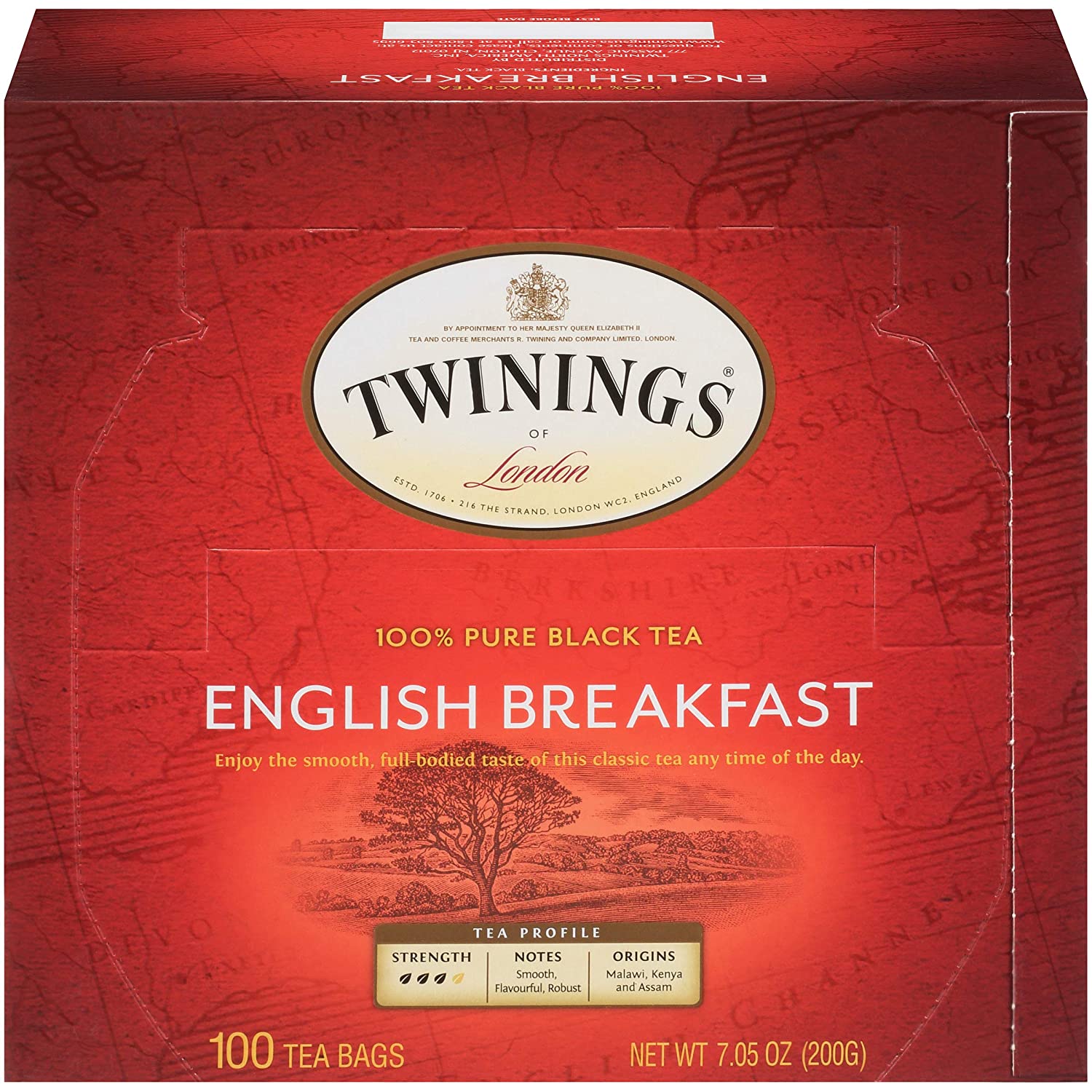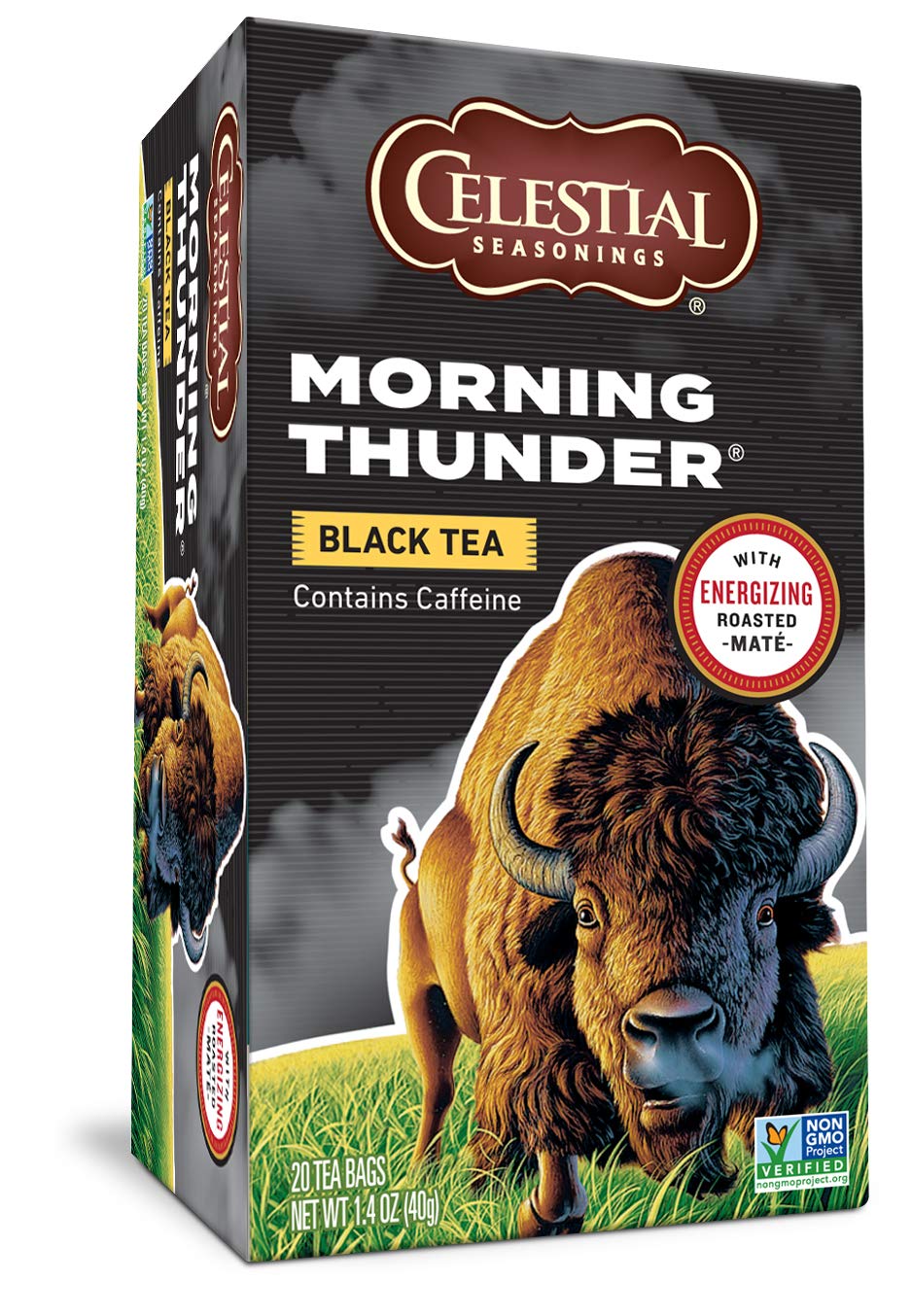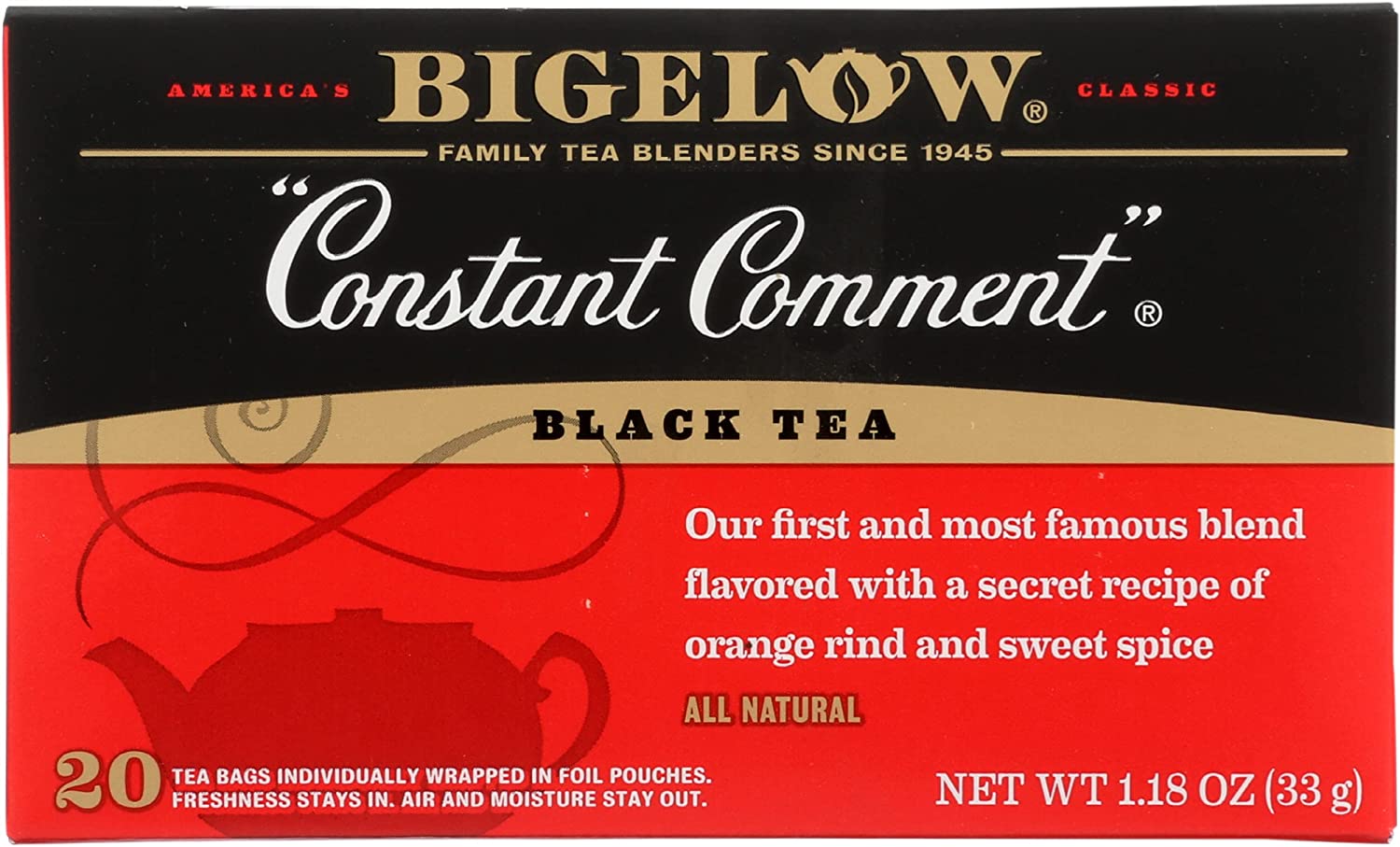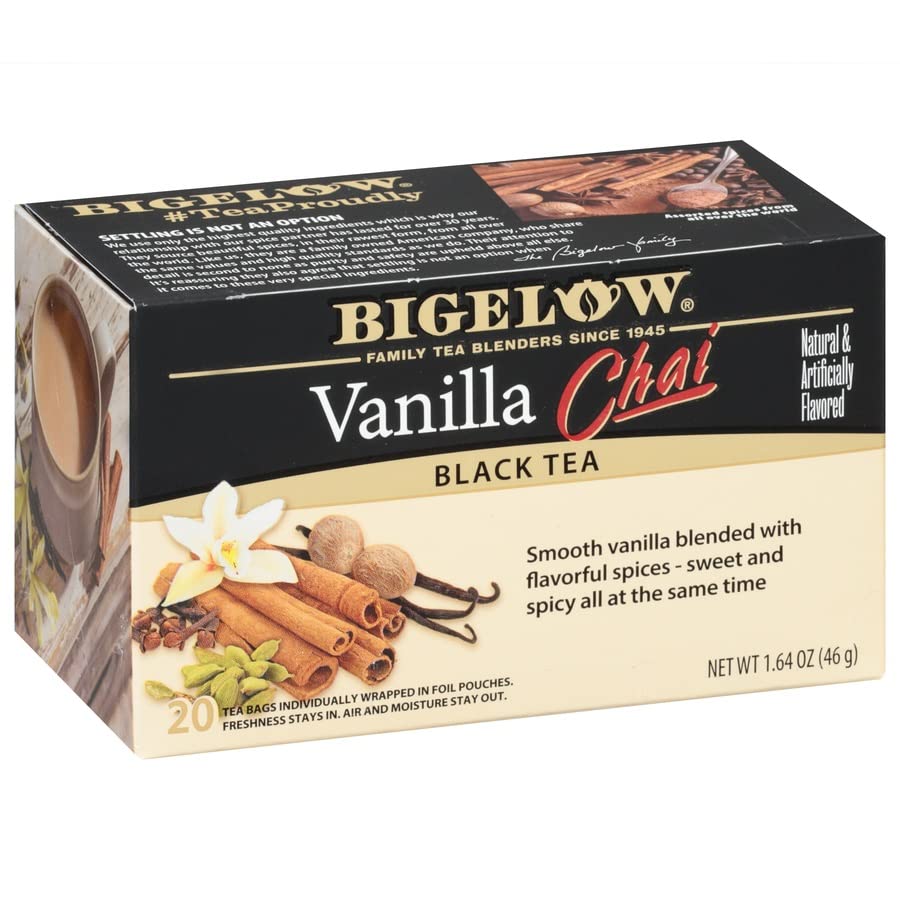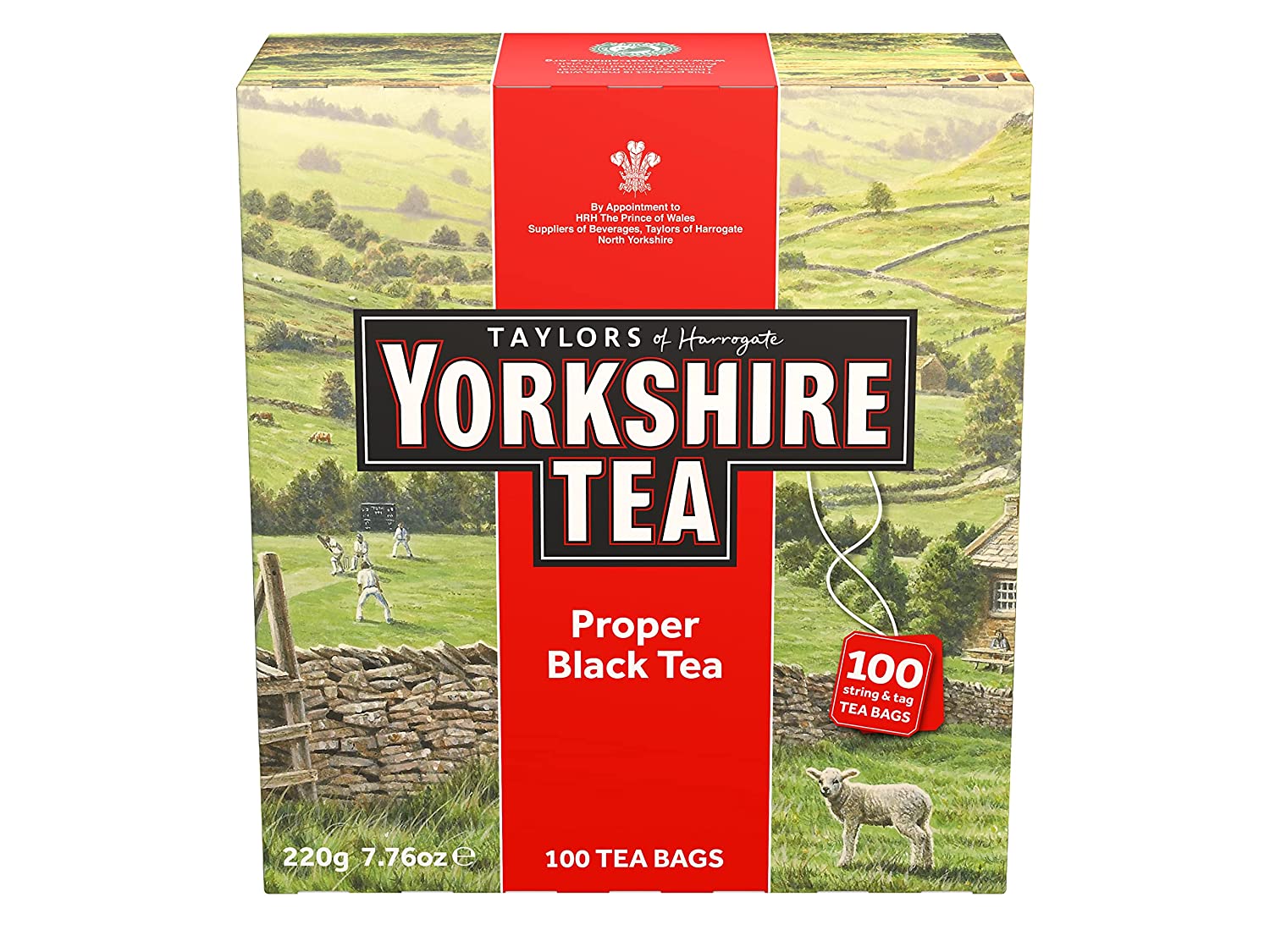Black tea is more than just a beverage; it’s a journey into the depths of flavor, culture, and history. Originating from the leaves of the Camellia sinensis plant, black tea undergoes a unique oxidation process that gives it its characteristic bold flavor and dark color.
Let’s delve into the fascinating world of black teas, discovering their varieties, brewing techniques, and cultural significance.
Varieties of Black Tea
Assam: Hailing from the lush valleys of Assam, India, this robust tea boasts a malty flavor with a hint of sweetness. It’s often enjoyed with milk and sugar, making it a popular choice for breakfast blends.
Darjeeling: Known as the “Champagne of Teas,” Darjeeling black tea is prized for its exquisite aroma and delicate flavor profile, often described as muscatel. It’s grown in the foothills of the Himalayas and is best enjoyed without milk to fully appreciate its nuanced taste.
Earl Grey: Infused with the essence of bergamot, a type of citrus fruit, Earl Grey tea offers a refreshing and aromatic experience. Its citrusy notes complement the boldness of black tea, creating a harmonious blend that’s perfect for afternoon tea.
Keemun: Originating from China’s Anhui province, Keemun black tea is renowned for its complex flavor profile, which includes notes of wine, fruit, and floral undertones. It’s often compared to fine wine due to its rich and smooth texture.
Ceylon: Grown in the verdant hills of Sri Lanka, Ceylon black tea is celebrated for its bright and brisk flavor, with hints of citrus and spice. It’s a versatile tea that can be enjoyed hot or cold, with or without milk, making it a favorite among tea enthusiasts worldwide.
Brewing the Perfect Cup
Brewing black tea is both an art and a science, requiring the right balance of time, temperature, and technique to unlock its full potential. Here’s a simple guide to brewing the perfect cup:
Water Temperature: Black tea is best brewed with water that’s just below boiling, around 200-212°F (93-100°C). Boiling water can scald the delicate leaves, resulting in a bitter brew.
Steeping Time: The ideal steeping time for black tea varies depending on the specific type and personal preference. Generally, steeping for 3-5 minutes yields a rich and flavorful cup, but you can adjust the time to suit your taste.
Tea-to-Water Ratio: As a general rule, use approximately one teaspoon of loose leaf tea per 8 ounces of water. Adjust the amount based on your desired strength, but avoid overcrowding the tea leaves, as this can inhibit proper infusion.
Teaware: To fully appreciate the nuances of black tea, use a quality teapot or infuser that allows the leaves to expand and release their flavors. Avoid steeping black tea in metal containers, as they can impart unwanted flavors.
Cultural Significance
Black tea holds a special place in various cultures around the world, often serving as a symbol of hospitality, tradition, and social connection. In countries like England, afternoon tea featuring black tea accompanied by scones, sandwiches, and pastries is a cherished ritual, bringing friends and family together to unwind and savor the moment.
In China, black tea has a long and storied history, dating back centuries to the Tang dynasty. It’s valued not only for its bold flavor but also for its medicinal properties, believed to promote digestion, improve mental clarity, and boost overall well-being.
Whether enjoyed as a morning pick-me-up, a midday indulgence, or an evening ritual, black tea continues to captivate hearts and minds with its timeless appeal and boundless versatility. So, brew a pot, pour a cup, and embark on a journey of discovery with every sip.

